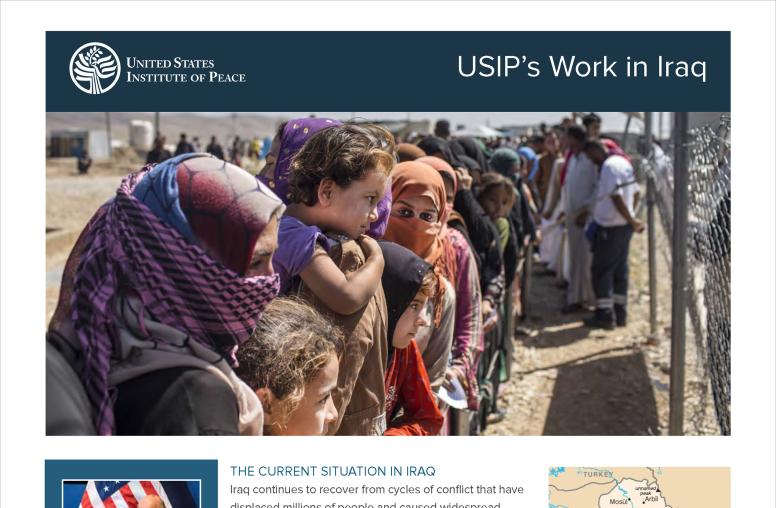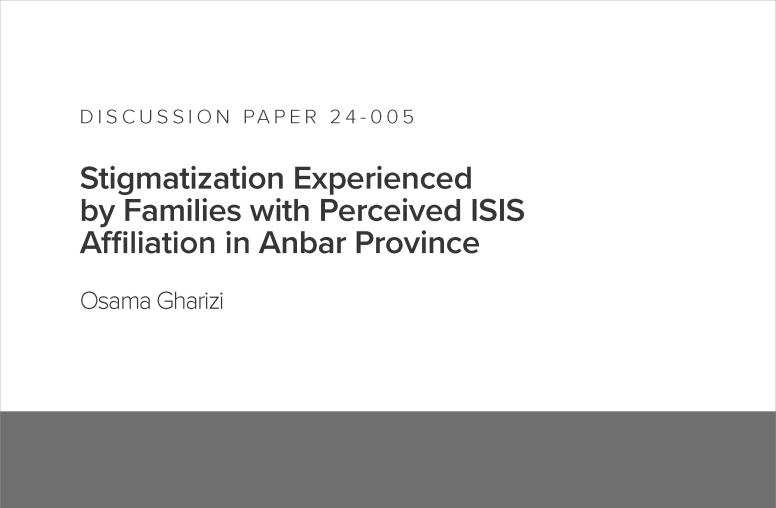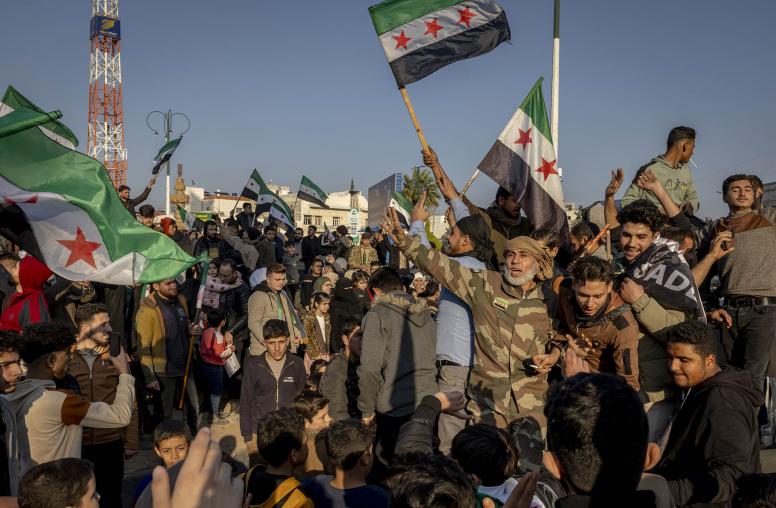To Stabilize Iraq After ISIS, Try a Method That Worked
The farming region of Mahmoudiya, south of Baghdad, is divided by one of Iraq’s most turbulent fault lines of conflict, between the country’s Sunni and Shia tribes. A decade ago, this region of palm groves and irrigation canals was a violent al Qaeda stronghold known as the “Triangle of Death.” Yet for 2016, news reports and the United Nations’ accounting of nearly 7,000 or more civilian deaths across Iraq noted few attacks in this region, a reflection of its relative stability in recent years.

Ten years ago this month, the Army’s 10th Mountain Division locked Mahmoudiya down with 3,500 troops running roadblocks and patrols. The division’s 2nd Brigade Combat Team had fought for months to loosen the grip of al-Qaeda and halt communal fighting. It lost 54 soldiers killed in 11 months of intensive operations.
But Mahmoudiya changed in that summer of 2007. After the U.S. military forced a halt to the tribal fighting, it found a way for Iraqis to sustain the peace. An inter-tribal reconciliation effort, led largely by a small team of Iraqi mediators trained and supported by the United States Institute of Peace (USIP), was able to bring together local Shia and Sunni tribal leaders with government officials, military officers and civil society leaders. In four months of painstaking dialogue, the mediators worked out an agreement to halt violence and revenge attacks, and permit local leaders to work toward a more durable peace. The accord underpins the region’s relative stability a decade later.
Now, as Iraqi military forces fight in the city of Mosul to end the Islamic State’s last territorial hold in Iraq, the Mosul region and large swaths of Iraq face a similar threat of old communal conflicts flaring into another round of violence, intensified by the bloodshed during the extremist group’s three years of brutal rule.
The United States urgently needs a strategy to secure the significant military gains against ISIS and prevent new cycles of violence that would further destabilize Iraq and potentially lead to the next generation of ISIS. No one wants to fight these battles a third time.
The good news is that a post-ISIS strategy need not be costly or led by U.S. forces. The relative stability of Mahmoudiya, and similar, recent successes by Iraqi peacemaking teams around the city of Tikrit and in other areas, shows that Iraqis, with time and some support, can solve their own conflicts at a local level. With this, they create greater resilience to conflicts fueled by national and regional divisions.
In Tikrit, mediators from an Iraqi non-governmental organization, Sanad for Peacebuilding, brokered a 2015 peace accord between Sunnis and Shia that averted revenge bloodshed following an Islamic State in Iraq and Syria (ISIS) massacre. That accord paved the way for markets and businesses to restart, schools and hospitals to reopen and ultimately, the return of more than 380,000 displaced Iraqis thus far. Sanad last year facilitated similar accords to avert violence in the cities of Yathrib and Hawija.
These local agreements take months of arduous mediation by civil society groups and Iraq’s reconciliation authorities, and require continued dialogue and vigilance to maintain. They are by no means a panacea. One ISIS suicide attack last year struck a soccer game in the Mahmoudiya region, killing at least 26 people.
But Iraqi peacemakers have built a track record in helping Iraqis resolve their local conflicts and build a sustainable peace. They have capabilities that will be essential in the aftermath of ISIS, especially in the complex stew of Mosul’s overlapping ethnic and religious communities — Arabs, Kurds, Turkmen, Sunnis, Shias, Christians and Yezidis. Without reconciliation among Iraqis, all other investments in the country’s progress remain vulnerable to future conflict.
For the United States, promoting such an outcome requires no expensive “surge” of its resources, but rather a consistent policy of leading cost-effective, international investment in helping Iraqis build peace.
Amid war-torn Iraq, the continued, relative stability at Mahmoudiya underscores the cost-effectiveness of helping local people negotiate their own peace. After 31 tribal sheikhs signed their peace accord 10 years ago, 3,500 troops of the 10th Mountain Division were able to leave, replaced by a follow-on force of just 650 soldiers — a reduction of 80 percent in the number of U.S. troops required. That represented a U.S. cost savings of $150 million per month, achieved by a peace accord that cost about $1.5 million to achieve.
The 10th Mountain Division faced the challenges of Mahmoudiya with courage and grit. They learned quickly how to fight with different approaches in a tough environment. More importantly, they understood the urgency of securing their gains. We owe it to our national security and to the brave members of our military to heed the lessons afforded by the Triangle of Death and invest in a partnership with Iraqi civil society and local leaders to sustain the peace from the ground up as an essential part of the way forward.
Originally published on The Hill.



